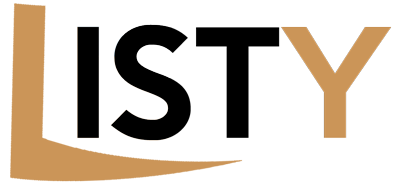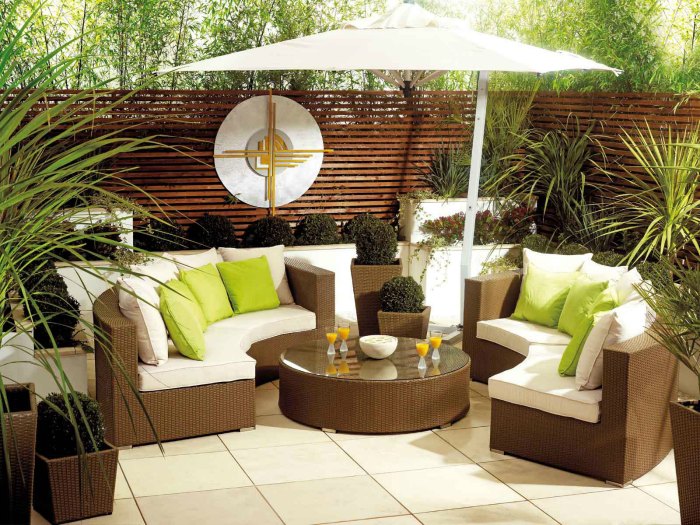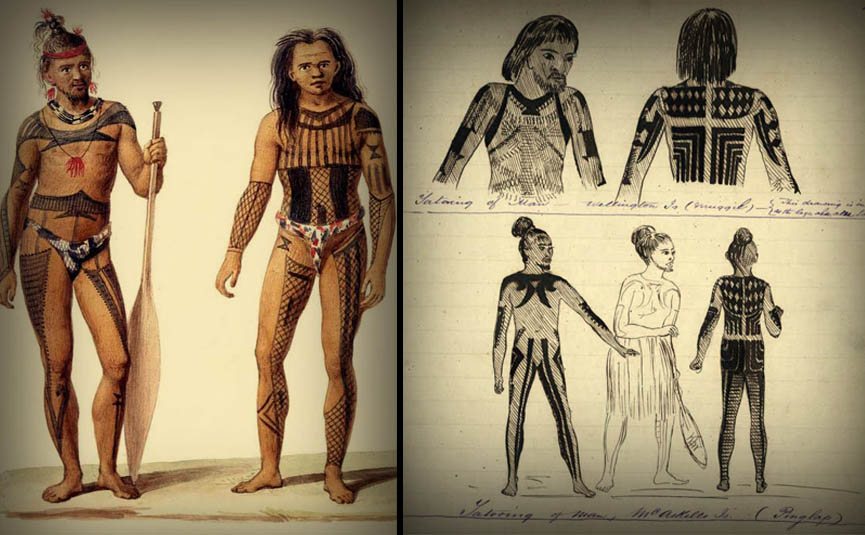Is there any better outlet for your creativity and imagination to run wild than through producing your own art? There are no rules or limitations as to how you can express yourself, making painting one of the most freeing and therapeutic forms of self-expression.
And you don’t even have to be a ‘complete natural’ to excel at painting. After all, not everyone is born a Picasso or a Michelangelo. With the right guidance, some practice and a stock of high-quality supplies, even complete beginners can create stunning pieces of art that they can be proud of.
What Should a Beginner Painter Have?
In order to turn your painting dreams into reality, you’re going to need to invest in some supplies. Having the proper tools at hand will make the painting process much easier and will help you produce better results.
Canvas Pads
Kicking things off with durable and portable canvas pads as the vital pieces of equipment is a must for any painter-to-be. Basically, these act as the foundation for your paintings, providing a sturdy and reliable surface to work on.
Canvas is often the preferred choice over other options such as paper because it’s much less likely to warp or tear, meaning your paintings will stay in pristine condition for longer. Plus, paper can often buckle and ripple when the paint is applied, which can make the end result look less than polished.
When it comes to choosing a canvas pad the size is completely up to you. They come in all sorts of dimensions, so think about how large or small you want your paintings to be. If you’re planning on painting mostly landscapes, then you’ll probably want to go for larger models, whereas smaller ones may be more suitable for portraits or still life paintings.

Regardless of which size you go with, make sure the canvases are properly primed before you start painting on them. Priming involves applying a basecoat to the canvas, which will provide a smooth surface for the paint to adhere to. It also helps to block out any unwanted colours or blemishes, giving you a clean slate to work with.
Once the base has been primed, you can apply a fresh coat of paint without having to worry about the colours being absorbed unevenly or about any brushstrokes being visible. The more you practice, the better you’ll become at priming your own canvases.
Paint Sets
Now that you’ve got your canvases all set up and ready to go, it’s time to start thinking about which paint colours you want to use. Some are better suited for certain painting styles than others, so it’s worth doing some research before you make your final decision.
If you’re planning on painting portraits, for example, then you’ll want to go for flesh tones such as white, cream, beige, light pink and light brown. For landscapes, on the other hand, a different range of hues will be needed, such as various shades of blue, green and brown.
Acrylic paint is often a good choice for beginners as it’s relatively inexpensive and dries quickly. This can be very helpful when you’re first starting out, as it means you won’t have to wait around for ages for your paintings to dry before you can add any more layers.
Oil paint is another popular option, although it does take longer to dry, so you’ll need to be patient when using it. One advantage of oil paint is that it can produce some very beautiful textured effects which can add an extra dimension to your paintings.
A Range of Paint Brushes
To apply the paint to your canvases, you’re going to need an assortment of different paint brushes. Depending on the type of painting you’re doing, you may need more than one of each brush, so it’s worth stocking up.
The three main types of brushes you’ll need are flat brushes, round brushes and filbert brushes. Flat brushes are ideal for painting large areas of colour, while round brushes are better suited to smaller details and fine lines. Filbert models, which have slightly curved heads, can be used for both large and small areas.

As well as the three main types of brushes, you may also want to invest in a few speciality brushes if you’re planning on painting specific effects or textures. For example, fan brushes can be used to create soft, feathery strokes, while liner brushes are perfect for painting very thin lines.
Mixing Palettes
The importance of a good mixing palette cannot be underestimated. This is where you’ll mix together all of the different paint colours you’re planning on using, so it needs to be big enough to accommodate all of your different hues.
You can buy purpose-made mixing palettes from most art supply stores, or you can improvise with items such as an old chopping board or a tray. Whichever route you go down, make sure the surface is nice and smooth so that your paint doesn’t get caught in any grooves or crevices.
Easel
An easel is basically a frame that you can use to prop up your canvas while you’re painting. This is a convenient tool since you won’t have to hold the canvas in your hands the entire time, which can get quite tiring.

There are all sorts of different easels available on the market, from simple wooden models to more elaborate ones that come with storage shelves and other features. Beginners likely won’t notice a difference in terms of quality, so it’s best to go for the more affordable option to start with.
Masking Tape
Masking tape is normally used to put an emphasis on certain areas of a painting or to create interesting patterns and shapes. It’s also very useful for marking off areas that you don’t want the paint to accidentally get onto, such as the edge of your easel or the floor beneath your work surface.
Sketchbook
Before you start painting on your chosen canvas pads you should jot down some rough sketches of the images you want to create in a sketchbook. This will help you plan out your paintings and get a better idea of how the finished product will look.
Even if you’re not satisfied with the initial designs, you can use them to experiment with different colour schemes and brushstrokes until you find something that you’re happy with. Plus, it’s always nice to have a physical record of the paintings you’ve created, even if they’re not perfect.















